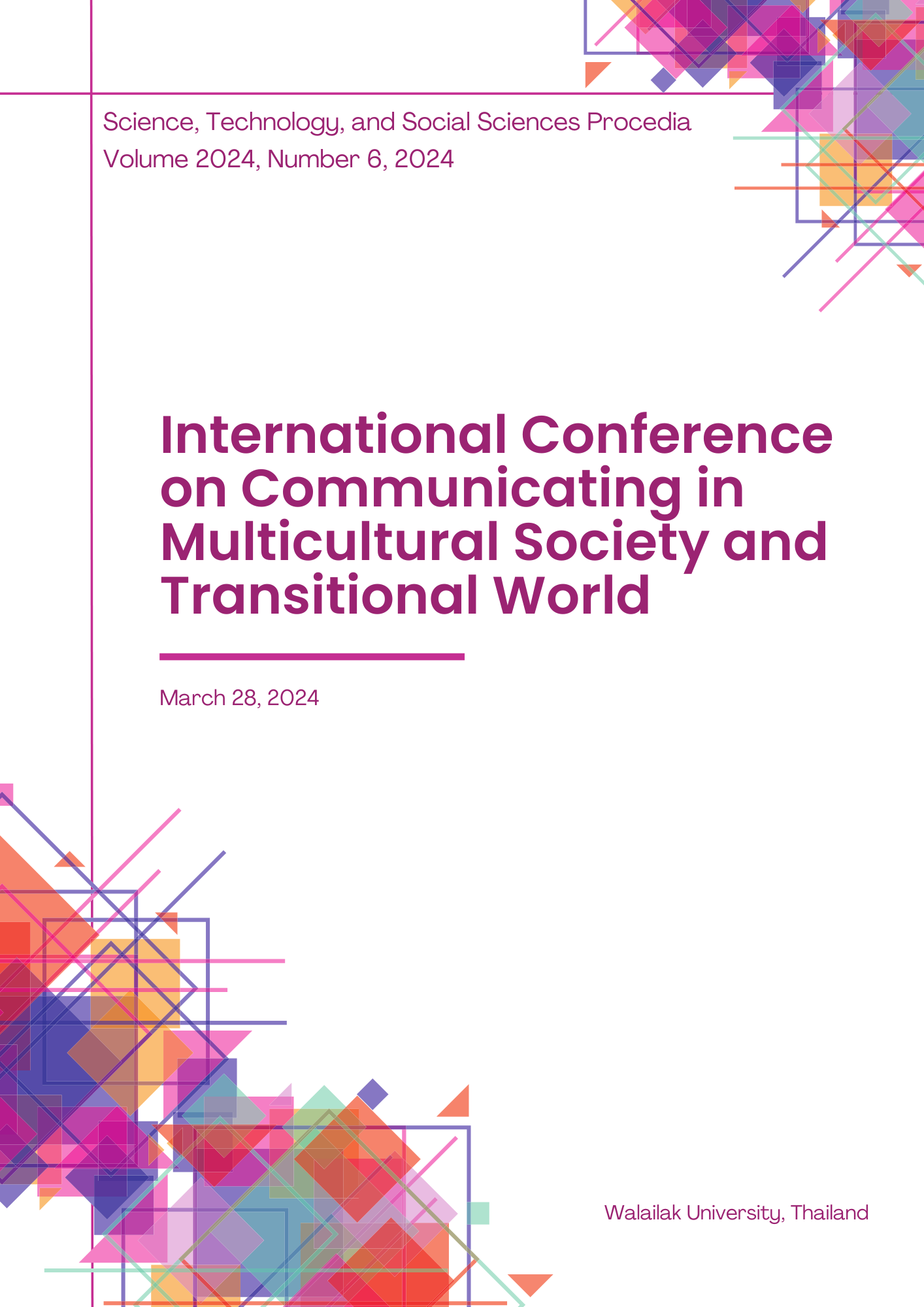Transition of Language Structure in Multicultural Society: Grammatical Gender, Quantification and Negation in Languages across Eurasia
Keywords:
Language change, Language typology, Language contact, Multilingualism, EurasiaAbstract
This study explores the transition of language structure as a manifestation of multilingual and multicultural society. It examines the dynamic nature of language by considering both internal and external factors which contribute to language change. The approach is rooted in language typology which aims to explore recurring patterns across languages and utilise them as criteria for classifying languages into various structural types. The objective is to use the internal composition and alignment of patterning models between languages in geographical adjacency as evidence to explain contact-induced changes resulting from interactions between multilingual speaker communities across Eurasia. The investigation includes a critical discussion of the extent to which language change is influenced by contact on the one hand. On the other hand, the question concerns how language change is motivated by communicative needs related to increasing structural complexity to accommodate a wider range of sociocultural contexts where language is used. Three case studies on grammatical gender, quantification and negation demonstrate how language contact can drive the convergence of structural patterns among languages, in addition to inherent language-internal tendencies to reorganise structure and enhance performance. At a methodological level, the study offers a framework for understanding transitions within language structure and their reflection of broader cultural adaptation and shifts in human civilisation.

